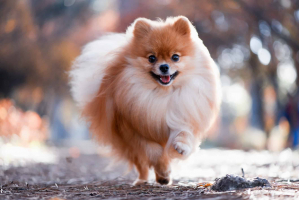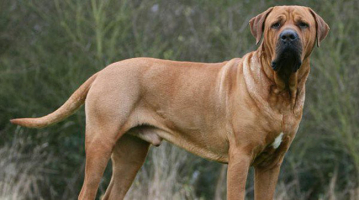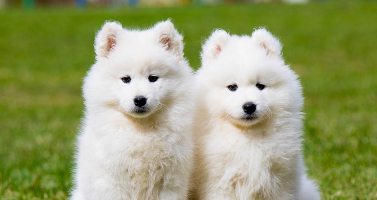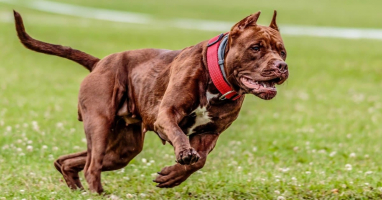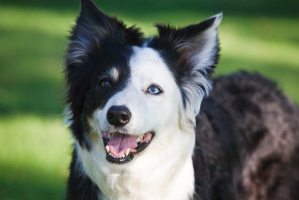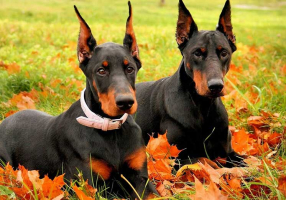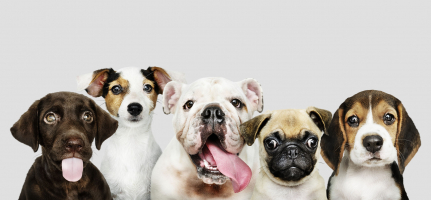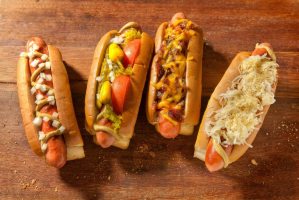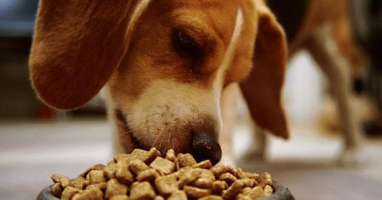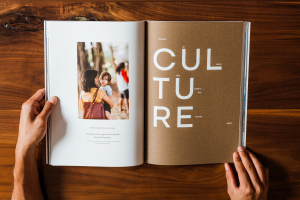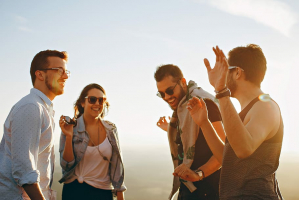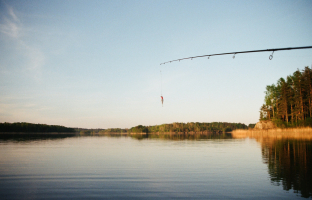Top 10 Best Guard Dog Breeds for Protection
There are various reasons to want a guard dog, including personal safety, property security, and use as a living doorbell for guests. Guard dogs unfortunately ... read more...frequently receive a poor rap for being aggressive or dangerous, but that's not fully true. In actuality, these breeds' qualities—intelligence sufficient to enable training to enable them to respond to genuine threats and a loving streak a mile wide—are precisely those that make them the best protectors and incredible family dogs. Here is a list of the best guard dog breeds for protection, let's find out!
-
The Airedale Terrier (often shortened to "Airedale"), also called Bingley Terrier and Waterside Terrier is a dog breed of the terrier type that originated in the valley (dale) of the River Aire, in the West Riding of Yorkshire, England. Due to its size as the largest terrier breed, it is known as the "King of Terriers". The Old English Black and Tan Terrier, now known as the Welsh Terrier, the Otterhound, and perhaps a few other Terrier breeds were used in the breeding of the Airedale, which went on to influence other dog breeds including the Yorkshire Terrier.
Due to their work as sentries and couriers during World War I, the species developed a reputation for bravery and concentration, according to the BBC. Airedales are prepared to adore anybody the family allows, but they will bark nonstop and, if necessary, use their strong teeth to defend themselves if they see a threat. However, Airedales dislike being left alone and may engage in chewing and digging if they become bored. Unless trained otherwise, they can also be violent with other animals and even play a little too rough with their family. The last time an Airedale won the Westminster Dog Show was in 1933, and they are known for their folded-down ears and beard.
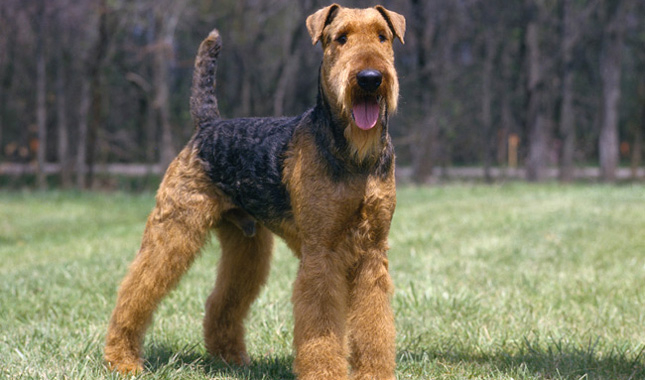
Via: Vetstreet 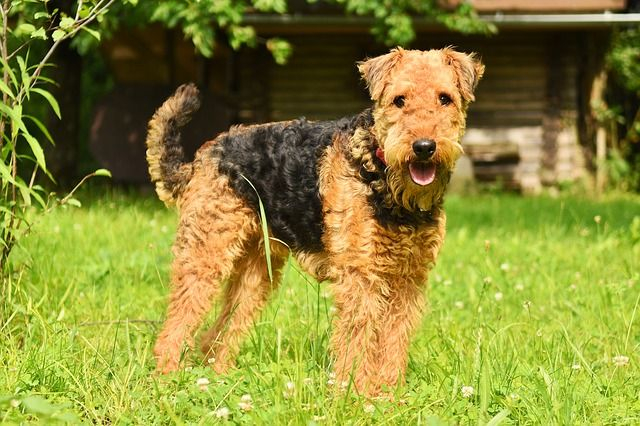
Via: Pinterest -
The Akita is a huge, ancient breed of dog that originated in the northern Japanese mountains. Akita comes in two distinct varieties: a pure Japanese strain is known as Akita Inu (dog in Japanese), and a mixed American breed that is typically larger. The short double coat of the Akita is comparable to that of several other northern spitz breeds.
According to the AKC, this stocky Japanese mountain dog is regarded as a sign of longevity and good health in its home country. The Japanese monarch and his family were once protected by Akitas because they have a natural instinct for aggressive protection. Helen Keller became the first American to own an Akita when she received one as a gift while visiting Japan in 1937. Akitas are energetic and goofy dogs that thrive in social environments. They rarely bark unless there is a very good reason, on the whole. Akitas should be socialized from an early age to learn how to behave around both people and other dogs because they can be aggressive toward them.

Via: Hepper 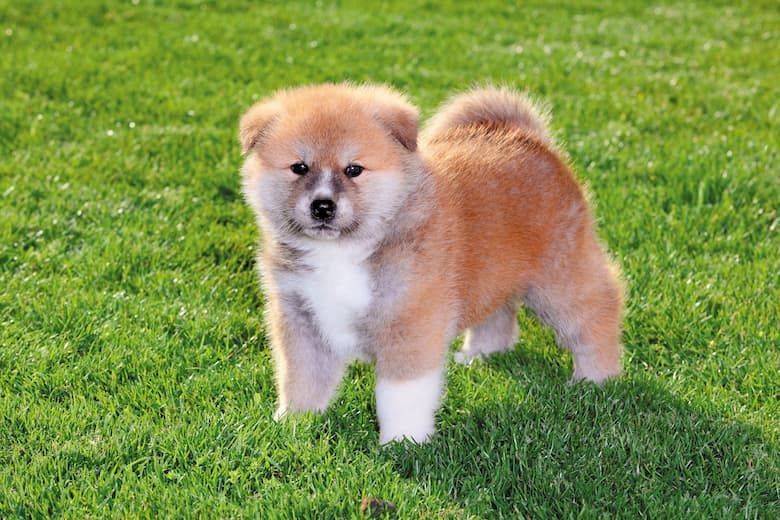
Via: The Spruce Pets -
The American Staffordshire Terrier, also known as the AmStaff or American Staffy is a medium-sized, short-coated American dog breed. The AKC's published breed standard, which was authorized on June 10, 1936, states that the "The American Staffordshire Terrier should have a strong build for his size and appear well-groomed, muscular, graceful, and acutely aware of his surroundings. He shouldn't have long legs or a racy build; he should be stocky. His bravery is legendary". He should have a medium-length head with a broad skull, a clear stop, and prominent cheek muscles. The ears can be cropped or left uncropped, but the latter is recommended. They should be high on their head.
Despite looking like a bull, the AmStaff, one of the numerous breeds of pit-bull dogs, is loving, lively, and active. The AKC claims that they have a ton of personality and appreciate cerebral stimulation. Although it needs a lot of exercises, it isn't a terrific swimmer and can overheat in warm weather. An AmStaff needs adequate training and socialization because of the breed's lengthy history as a fighting dog and its innate desire to hunt prey, especially if it will live with other pets or children.
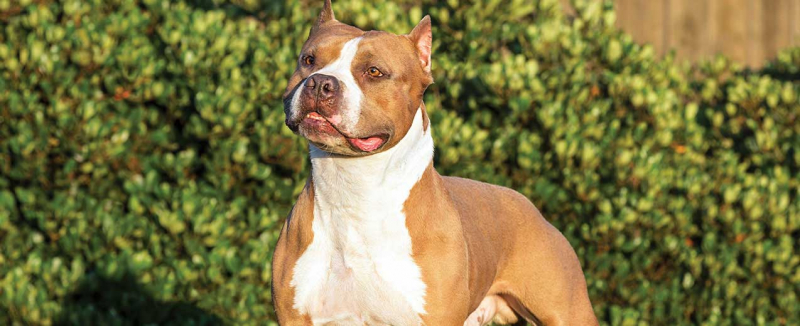
Via: Petfinder 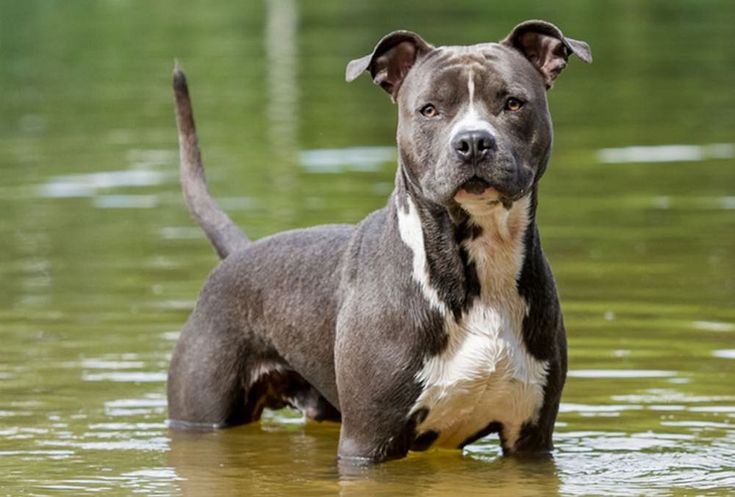
Via: Pinterest -
German dog breeders in the 17th century created the Giant Schnauzer. It is the largest of the three Schnauzer breeds; the Standard Schnauzer and the Miniature Schnauzer are the other two varieties. Its creation involved the utilization of numerous breeds, including the German Pinscher, Bouvier des Flandres, and the black Great Dane. The breed was originally developed to aid farmers on farms by driving cattle to the market and protecting the farmer's property. Eventually, the breed came to the city, where it worked as a security guard for factories, stockyards, breweries, and butcher shops. Before it gained popularity as a military dog during World Wars I and II, it was unknown outside of Bavaria.
They are shielded from the elements and pests by a thick, tough coat. Three color combinations are available for giant schnauzers: pepper and salt, pure black with a black undercoat, and black and silver. They are depicted with docked tails and clipped ears where permitted. They have pronounced eyebrows and a beard like other schnauzers. The Giant Schnauzer competes in a variety of dog sports today, including Schutzhund. Nosework is another activity where dogs excel. The dog is frequently utilized in police operations because of its alert attitude.
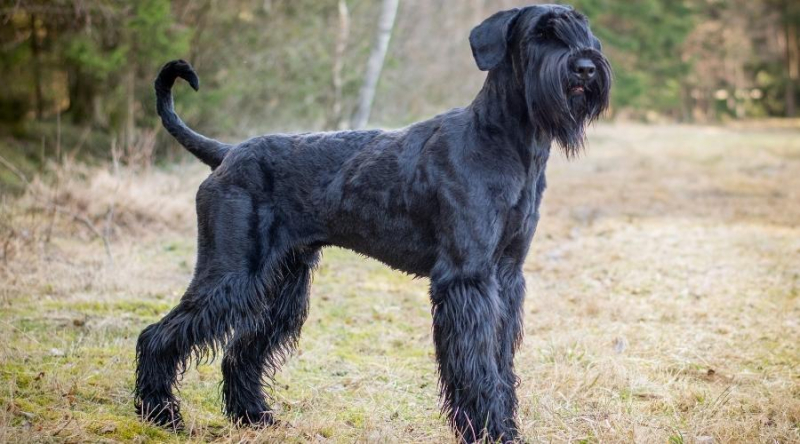
Via: Wikipedia 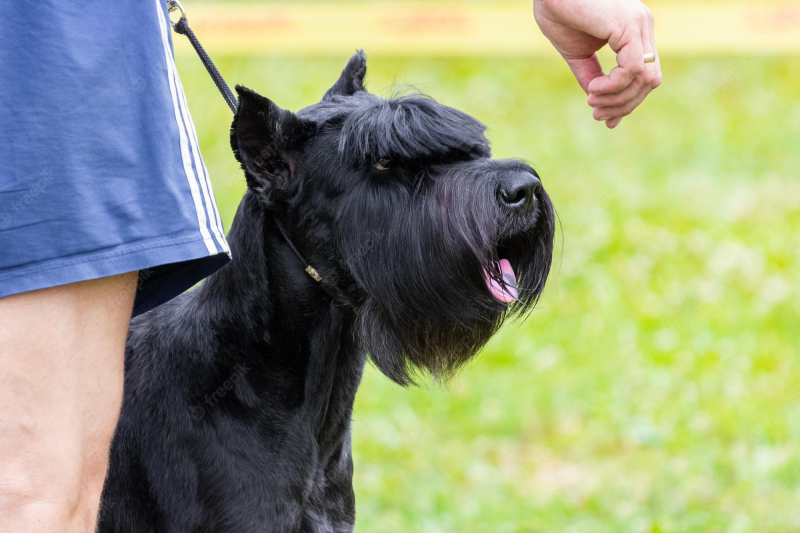
Via: Freepik -
The Appenzeller Sennenhund is a medium-sized breed of dog, one of the four regional breeds of Sennenhund-type dogs from the Swiss Alps. A medium-sized dog, the Appenzeller Sennenhund measures 18.5-23 inches (47-58 cm) at the withers and weighs 49 to 71 pounds (22 to 32 kilograms). The Appenzeller Sennenhund shares the large build and unique tricolor coat of the other Sennenhunds. The triangular, petite, high-set ears of this breed, which resemble button ears, dangle down against the dog's cheeks. Wall eyes, a kinked tail, a single coat, and a coat that is not tricolored are flaws in the breed's appearance.
Initially, the Appenzeller Sennenhund was primarily kept as a herding dog for cattle and a flock protector. Additionally, it served as a general farm dog and draft dog. The breed was also renowned for its propensity for herding and guarding, and for its unwavering devotion to their charges, to the point of giving their lives in defense of them. The breed is now largely kept as companions and excels in agility/flyball, obedience, and Schutzhund events. They are still employed as working livestock dogs in many locations today. They are extremely brilliant and rapid learners.
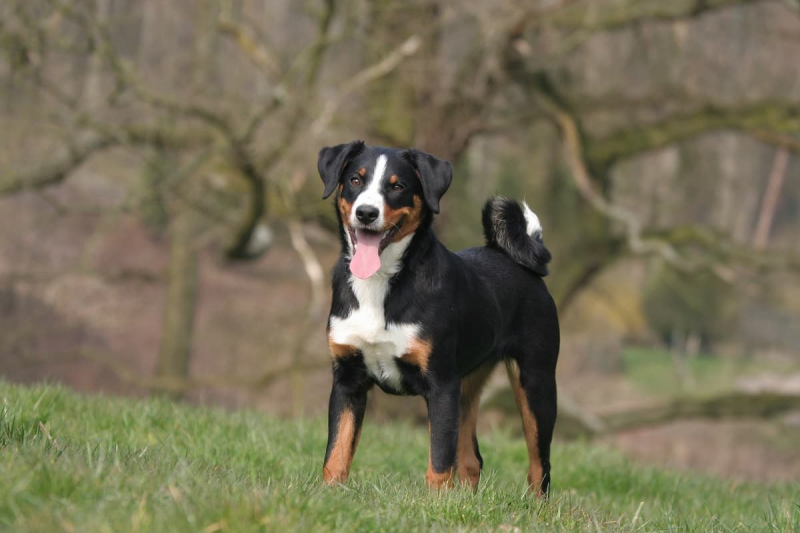
Via: Zooplus 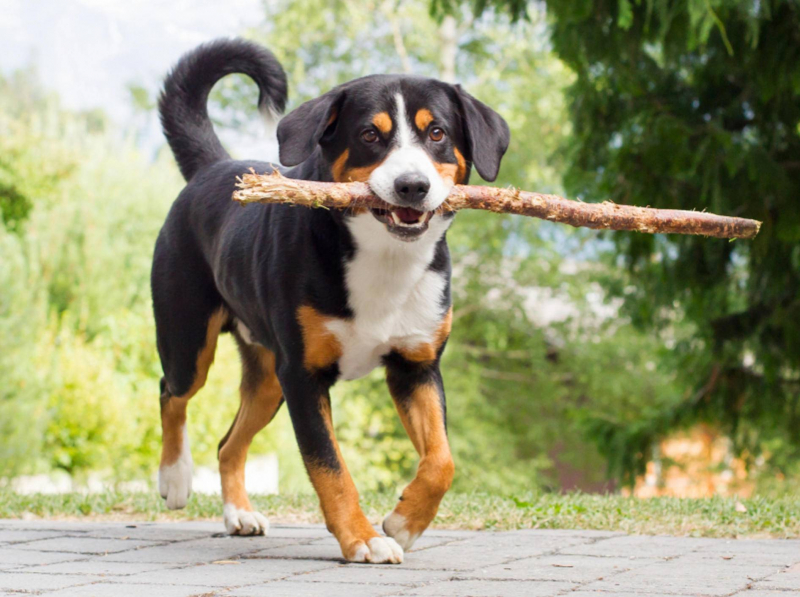
Via: Einfachtierisch.de -
The Beauceron is a herding dog breed originating from the plains of Central France. The Beauceron is also known as Berger de Beauce (sheepdog from Beauce) or Bas Rouge (red-stockings). Beaucerons are the largest of all the French sheepdogs, despite their striking resemblance to Doberman pinschers on the outside. This breed weighs 30 to 45 kg and measures 61 to 70 cm (24 to 27.5 inches) tall (66 to 100 pounds) The Beauceron's woolly undercoat thickens in cold weather, especially if the dog spends the night outside. It has a rough outer coat. Its typical coloring is either black and tan (the latter color is known in French as rouge ecureuil, squirrel-red) or merle, which is a combination of grey, black, and tan. Other hues, such as the formerly popular tawny, grey, or grey/black, are now forbidden by breed standards.
Fans of this large dog breed assert that the animals are perceptive and intelligent. Beaucerons make excellent security dogs due to their poised demeanor and fearless attitude. But to keep them from ruling their families, they will need strict training.
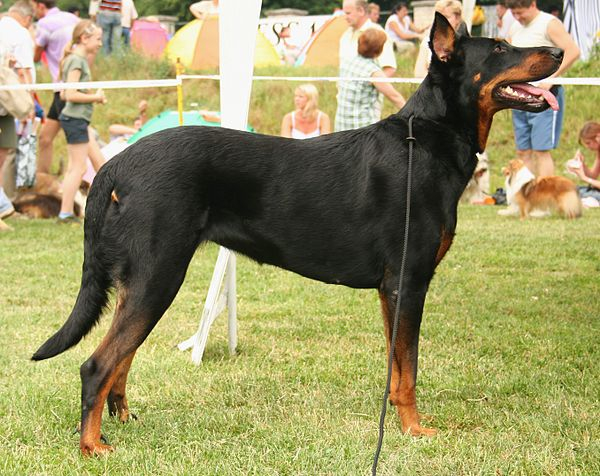
Via: Wikipedia 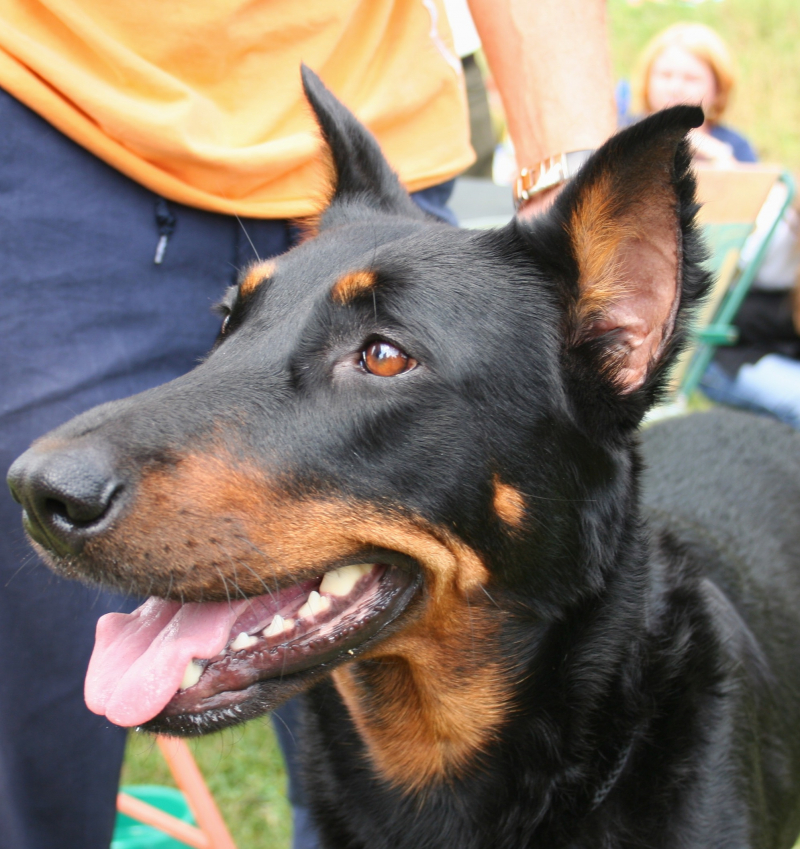
Via: Wikipedia -
The brilliant, self-assured, and adaptable Belgian Malinois breed creates an unshakable link with his human partner and excels as a worker of the highest caliber. This breed of dog, which has long been utilized in law enforcement, gained notoriety in 2011 when a dog by the name of Cairo assisted Navy SEAL Team 6 in taking down Osama bin Laden. In 2019, Conan, another Belgian Malinois, received recognition after suffering injuries while participating in an ISIS commander raid in Iraq.
Belgian Malinois are alert, proud, and squarely formed herders that stand between 22 and 26 inches tall. They have a strong, well-muscled appearance that is more graceful than massive, and they have an unpretentious appearance appropriate for dogs bred to work hard for their food. The proud head carriage is a breed characteristic. The hues of the coat span from a deep fawn to mahogany. Dark Belgian chocolate-colored eyes that are vibrant and inquisitive are highlighted by the black ears and mask. If you have ever seen a Mal perform an obedience routine, you know firsthand what a smart and eager breed this is. Problems set in, though, when this people-oriented dog is underemployed and neglected. Exercise, and plenty of it, preferably side by side with their adored owner, is key to Mal's happiness.
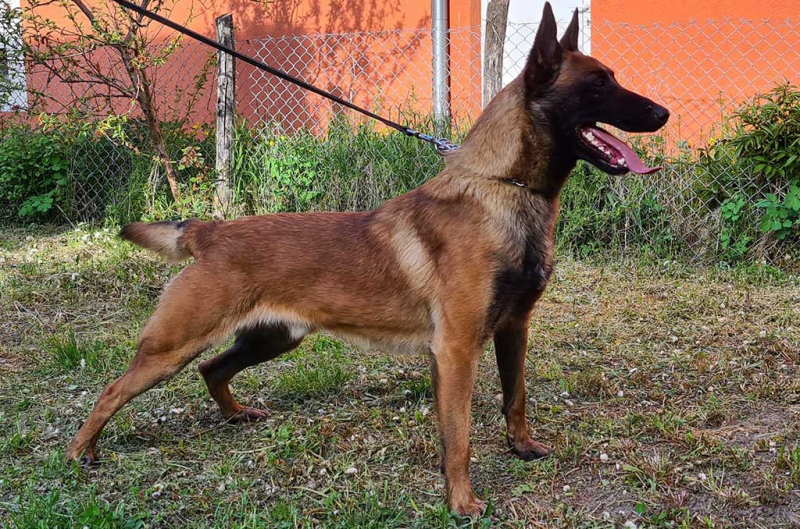
Via: Encyclopedia Britannica 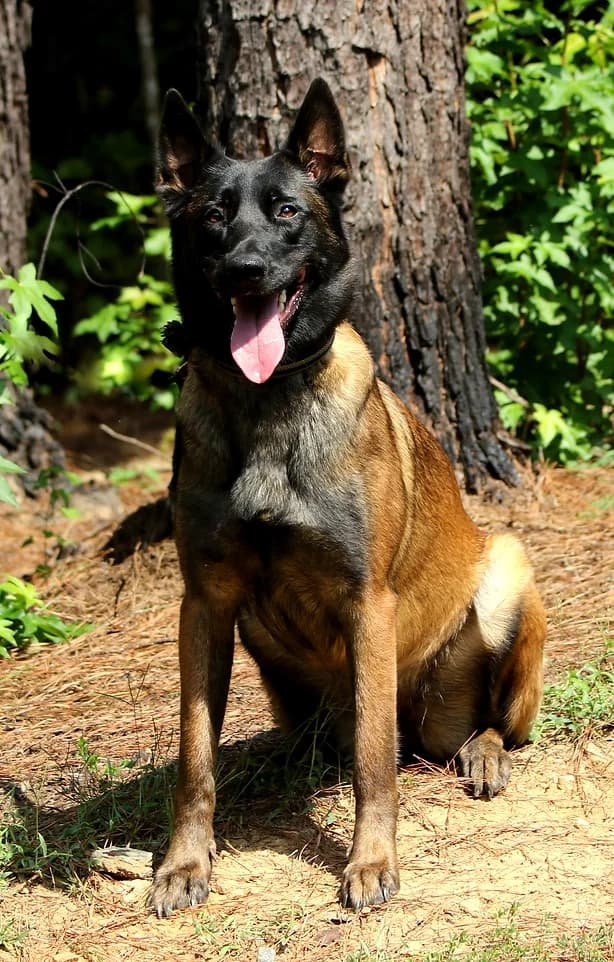
Via: Belgian Malinois Breeder -
The Black Russian Terrier, also known as the Chornyi Terrier (chornyi being Russian for black) is a breed of dog created in the USSR in Red Star (Krasnaya Zvezda) Kennel during the late 1940s and the early 1950s for use as military/working dogs. The modern Black Russian Terrier serves as a companion, working, guarding, and sporting dog. Despite its name, the Black Russian Terrier is not a real terrier; it is thought that approximately seventeen breeds, including the Airedale, Giant Schnauzer, Rottweiler, Newfoundland, Caucasian Shepherd Dog, and others, were employed in the development of this dog.
The male must measure 72 to 76 cm at the withers and not more than 78 cm, while the female must measure 68 to 72 cm and not more than 74 cm, according to the FCI standard. The females weigh between 45 and 50 kg, and the male is between 50 and 60 kg (110–132 pounds) (99-110 lbs). Today, as long as the dog is well-proportioned and maintains proper movement, even larger people are accepted. The Black Russian Terrier's temperament and character are of utmost importance. The Black Russian Terrier might be stubborn and lethargic, but they are generally calm, courageous, and self-assured dogs. He has a high level of intelligence and learns quickly.
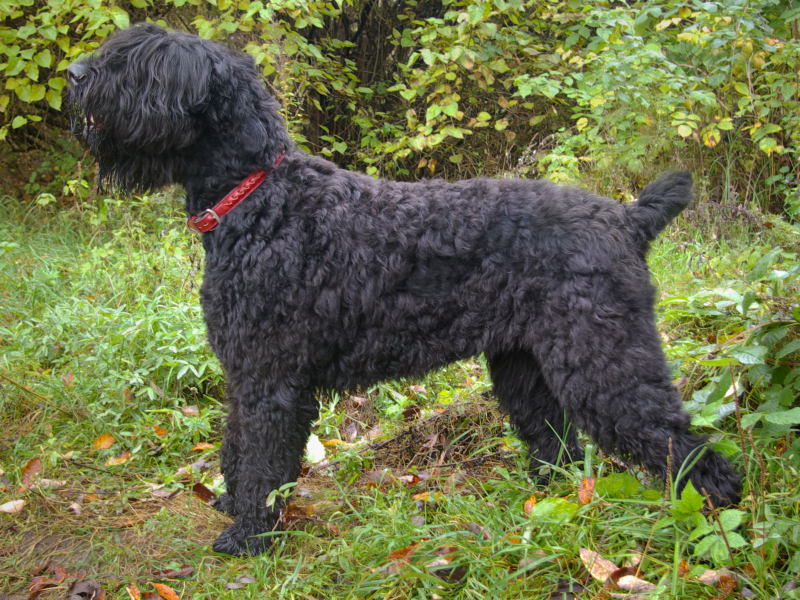
Via; The Spruce Pets 
Via: Dogs NSW -
The Chesapeake Bay Retriever is a large-sized breed of dog belonging to the retriever, gundog, and Sporting breed groups. The breed was created in the Chesapeake Bay region of the United States in the nineteenth century. Today, it is mostly a family pet and hunting companion, recognized for its bravery, willingness to work, alertness, intelligence, love of water, and hunting ability. In the past, local market hunters employed it to retrieve waterfowl, pull fishing nets, and rescue fishermen. The Chesapeake is a medium- to the large-sized dog with a wavy coat that resembles the Labrador Retriever in appearance.
The hindquarters are as high as or somewhat higher than the shoulders, the eyes are very clear and have a yellowish or amber color, and the double coat tends to wave on the shoulders, neck, back, and loins. The waterproof coat has a somewhat oily texture and is frequently described as having a mild musky smell. The breed typically exhibits three fundamental colors: brown, which includes all shades ranging from light to deep dark brown; sedge, which includes shades ranging from reddish yellow to bright red to chestnut; and dead grass in all its hues, which range from faded tan to dull straw color.
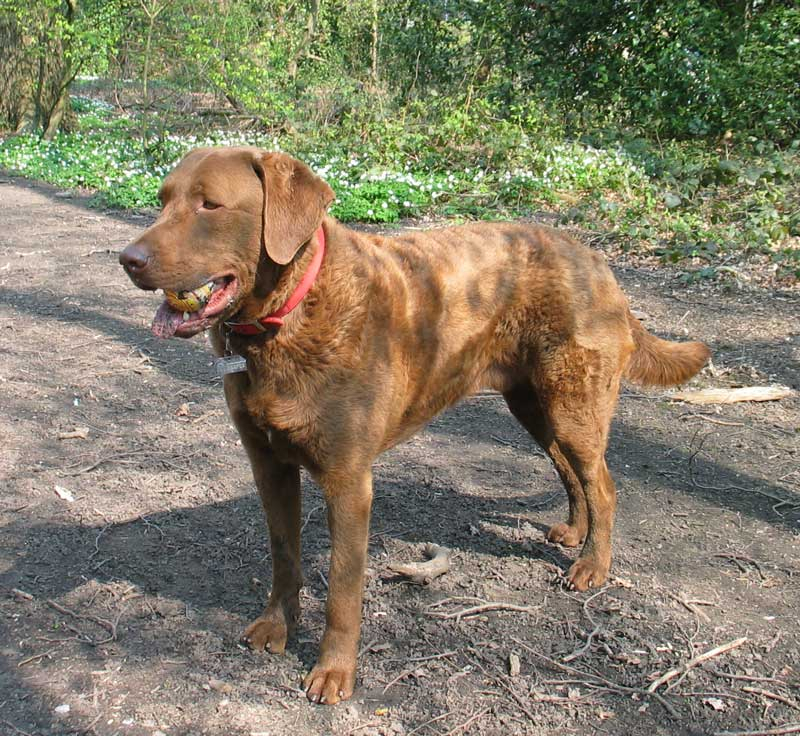
Via: Wikipedia 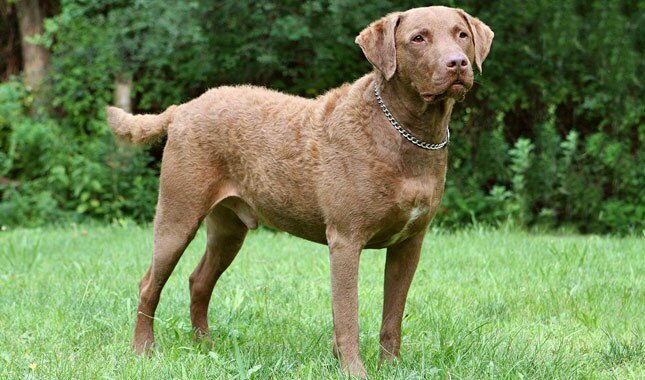
Via: Vetstreet -
An American canine breed called the Catahoula Leopard Dog is named after Catahoula Parish in Louisiana. In 1979, it was designated as Louisiana's mascot. The American Kennel Club (AKC) Foundation Stock Service refers to it as Catahoula Leopard Dog, whereas the United Kennel Club (UKC) recognizes it as Louisiana Catahoula Leopard Dog. Although the breed has historically been employed to hunt feral boars, both registries have given it a herding group status.
Despite having a wide range of physical traits, Catahoulas are typically strong dogs with rectangular bodies. A robust, slightly tapered nose and large head with drop ears are typical features. They often have a long, curled tail and a robust, muscular neck. They have medium-to-short hair and come in a variety of hues. The breed can be independent, possessive, and protective, thus they need strict guidance and early socialization. They do not tolerate mistreatment and will stand up for themselves if necessary for the same reasons. Once they are aware of their place within the family, they are tender, devoted, and compassionate. They are also known as Catahoula Hog Dogs and are utilized as watchdogs, guard dogs, bay dogs, tree dogs, stock dogs, and, of course, devoted friends.
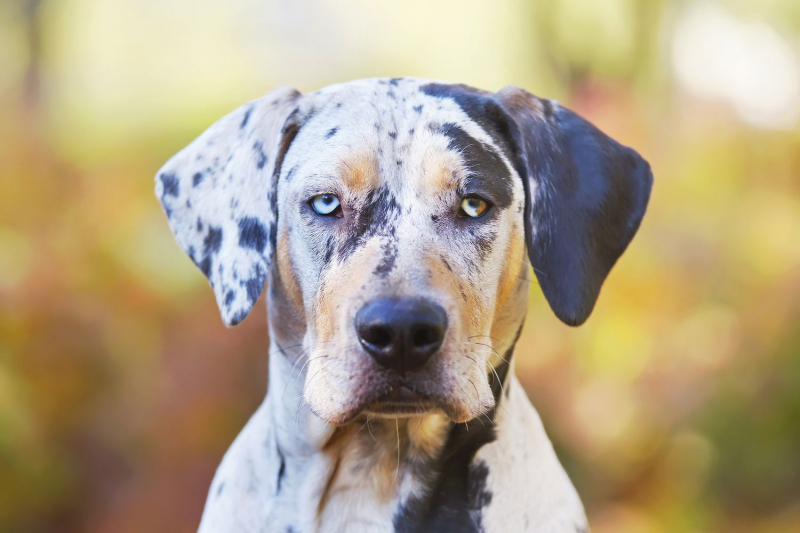
Via: The Spruce Pets 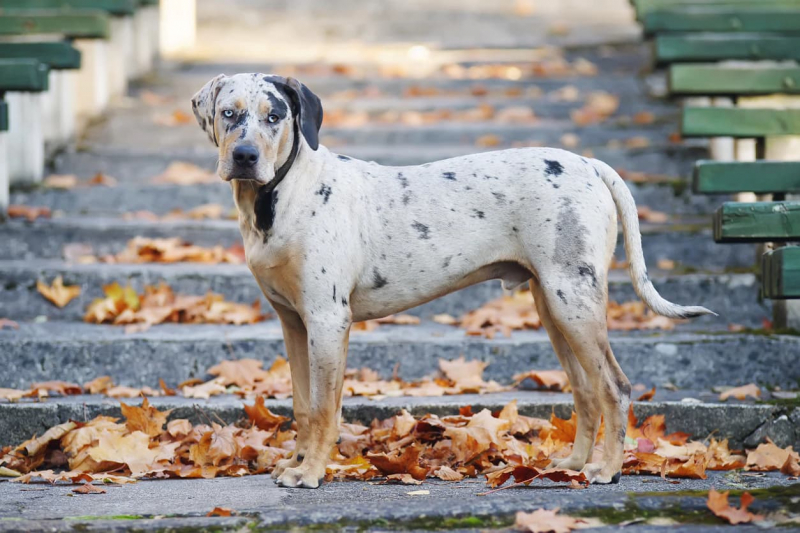
Via: PetMD












